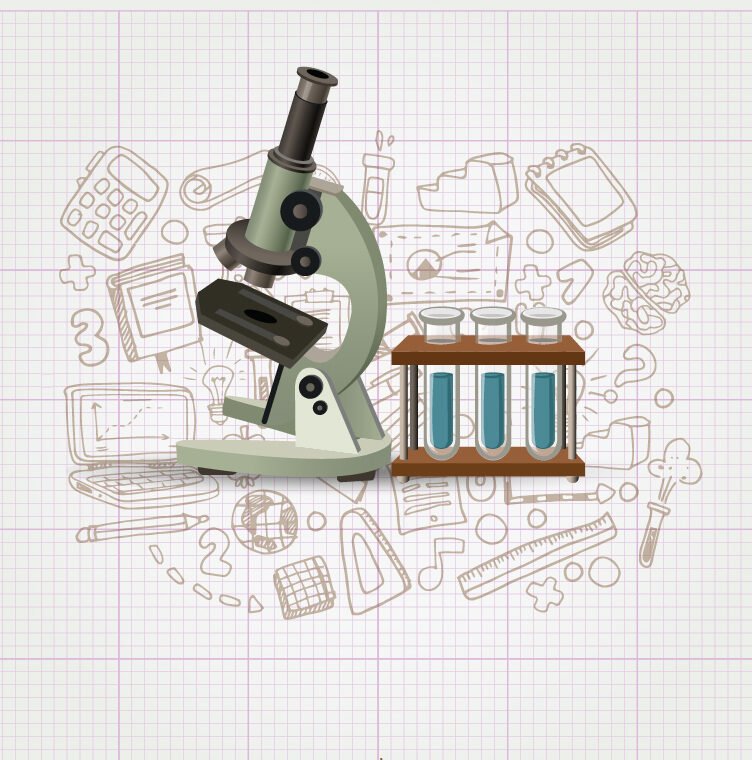The online pH simulations on this page will help you better understand what pH is and how it is measured. You will understand the pH scale, what it means for a solution to have an acidic or alkaline pH, and see how the pH of a solution varies depending on the products that make it up.
What is pH
The pH is a fundamental measurement in chemistry and biology that indicates the degree of acidity or basicity of a solution. The concept of pH originated in the early 20th century when the Danish chemist Søren Sørensen proposed the term to describe the concentration of hydrogen ions in solution.
pH scale
The pH scale ranges from 0 to 14, where 0 indicates the highest acidity and 14 indicates the highest basicity. The neutral point is at 7, which represents a concentration of hydrogen ions equal to that of hydroxyl ions in solution.
Acidic pH
A pH less than 7 indicates that the solution is acidic and has a higher concentration of hydrogen ions (H⁺), as is the case with lemon juice or vinegar.
Alkaline pH
A pH greater than 7 indicates that the solution is basic, reflecting a lower concentration of H⁺ and a higher presence of hydroxyl ions (OH⁻), as in soap or baking soda.
Each pH unit represents a 10-fold change in the concentration of hydrogen or hydroxyl ions.
Applications of pH
pH is an important measurement in many scientific fields and industrial applications.
pH in chemistry
In chemistry, pH is used to characterize the acidity or basicity of a solution, which can be critical for the synthesis of new compounds and the understanding of chemical reactions.
pH in biology
In biology, pH is critical to the survival and function of cells, as many enzymes and proteins only function in a specific pH range.
pH in medicine
In medicine, pH is a key indicator of the acid-base balance in the body, which is essential for the diagnosis and treatment of various conditions. For example, measuring blood pH allows for the detection of disorders such as acidosis or alkalosis, while urinary pH helps to evaluate kidney function and prevent stones.
pH in the pharmaceutical industry
In the pharmaceutical industry, pH control is essential to ensure the stability and efficacy of drugs, as it influences the solubility and absorption of active ingredients.
pH in the food industry
In the food industry, pH is used to preserve products, control fermentation, and maintain characteristics such as flavor, texture, and microbiological safety.
pH in environmental management
pH is also important in environmental management and water quality conservation.
In summary, the online pH simulations on this page will be extremely helpful in understanding this important concept in chemistry.
Explore the exciting STEM world with our free, online simulations and accompanying companion courses! With them you'll be able to experience and learn hands-on. Take this opportunity to immerse yourself in virtual experiences while advancing your education - awaken your scientific curiosity and discover all that the STEM world has to offer!
pH simulations
- Introduction
- Scale
Introduction to pH
Test the pH of everyday liquids such as coffee, saliva, and soap to determine if they are acidic, basic, or neutral. Investigate how adding more of a liquid or diluting it with water affects the pH.
File
pH Scale
Test the pH of things like coffee, saliva, and soap to determine if each is acidic, basic, or neutral. Display the relative number of hydroxide ions and hydrogen ions in solution. Switch between logarithmic and linear scales. Investigate whether changing the volume or diluting with water affects the pH. Or you can design your own liquid!
File
Giants of science
“If I have seen further, it is by standing on the shoulders of giants”
Isaac Newton

John Dalton
–

Gilbert Newton Lewis
–
Become a giant


Basic Steps in Magnetic Resonance



Basic Analytical Chemistry



Pre-University Chemistry



Big Bang and the Origin of Chemical Elements



Preparing for CLEP Chemistry: Part 1



























